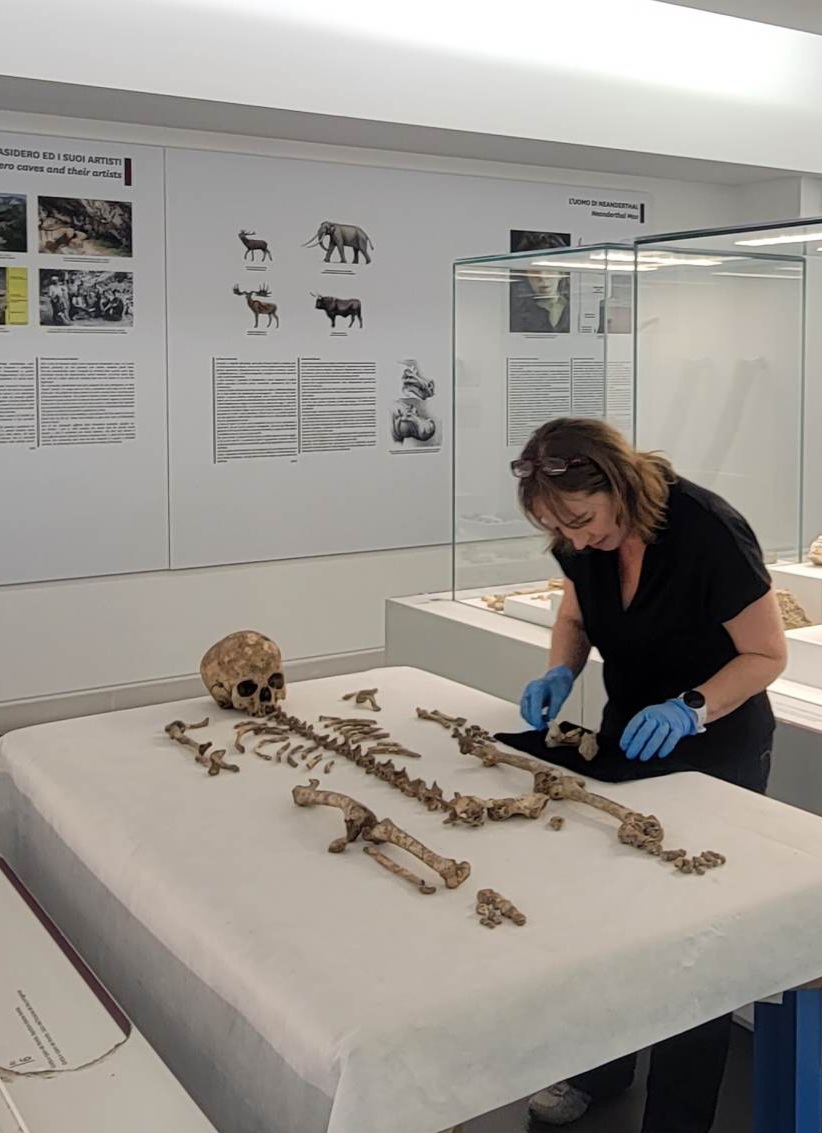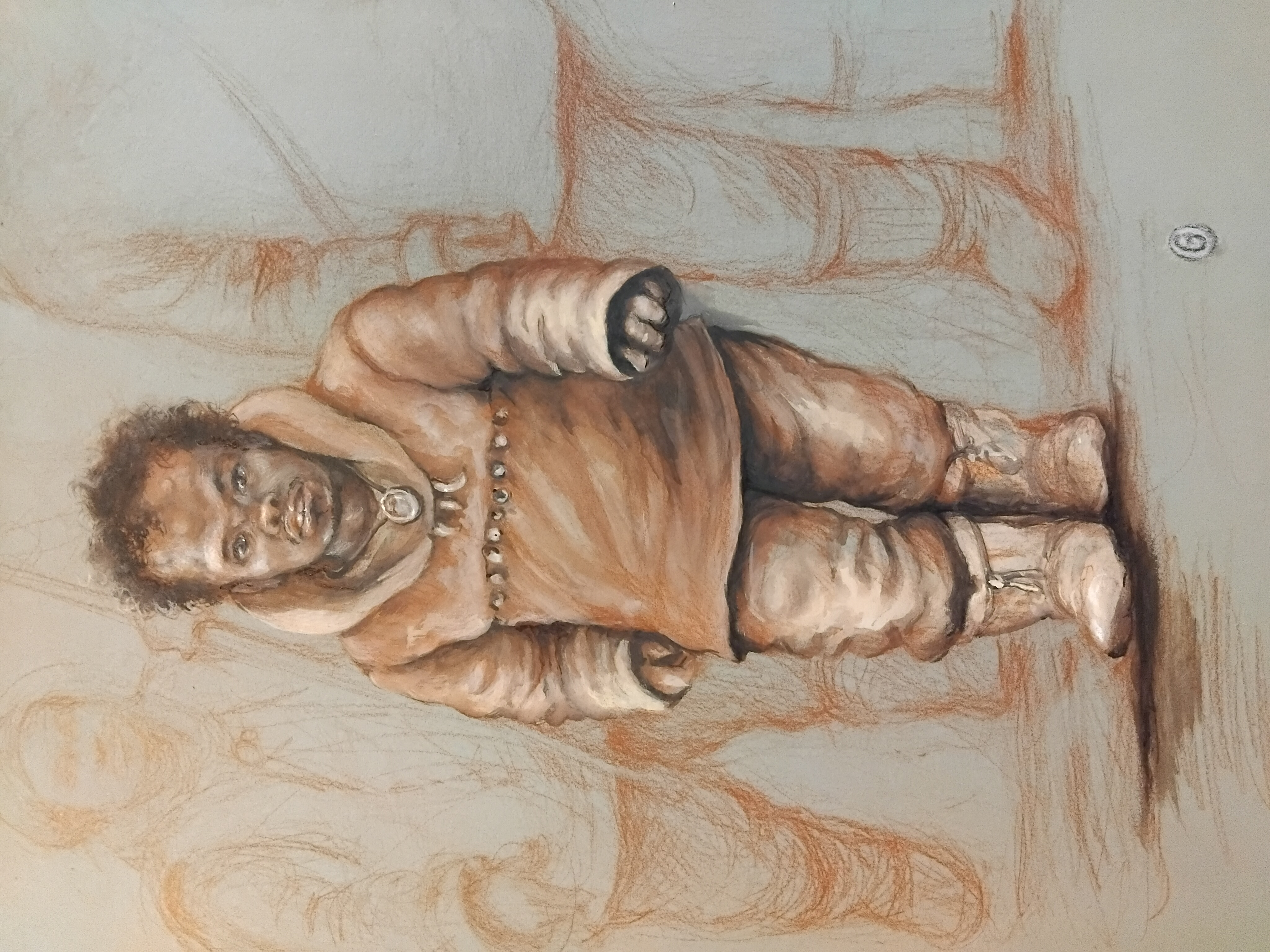Landmark new research co-authored by the University of Liverpool, shows Ice Age (Paleolithic) teenagers from 25,000 years ago went through similar puberty stages as modern-day adolescents.
The study published today, Thursday 12 September, in the Journal of Human Evolution provides unique insight into the timing of puberty in Pleistocene teens, addressing a knowledge gap about how early humans grew up.
The team of researchers, including Dr Jennifer French from the University of Liverpool's Department of Archaeology, Classics and Egyptology, assessed the bones of 13 ancient humans between 10 and 20 years old. They found specific markers in the bones showing evidence of puberty stages, allowing them to assess the progress of adolescence.
Most individuals in the study sample entered puberty by 13.5 years old, reaching full adulthood between 17 and 22 years old. This indicates these Ice Age adolescents started puberty at a similar time to teens in modern, wealthy countries
The technique to assess the progress of adolescence was developed by lead author Professor Mary Lewis from the University of Reading. Lewis's technique evaluates the mineralization of the canines and maturation of the bones of the hand, elbow, wrist, neck and pelvis to identify the stage of puberty reached by the individual at their time of death. She said: "This is the first time my puberty stage estimation method has been applied to Paleolithic fossils and it is also the oldest application of another method-peptide analysis-for biological sex estimation."
Co-authors archaeologist, Dr Jennifer French (University of Liverpool), and paleoanthropologist Dr April Nowell from the University of Victoria (UVic), Canada, conducted earlier work assessing teenagers as a specific social group in the Upper Paleolithic Period. The research published today furthers this earlier work by using the techniques developed by Dr Lewis.

Dr. Mary Lewis from the University of Reading inspects the skeletal remains of Romito 2 found in southern Italy.
April said: "By analyzing specific areas of the skeleton, we inferred things like menstruation and someone's voice breaking. Our research helps to humanize these teens in a way that simply studying stone tools cannot."
Jennifer said: "Adolescents in Ice Age societies hadn't been a particular focus of research until we started our work on this topic. But, as this study shows, research focusing on this social group can tell us a lot about health and living conditions in this period, as well as about the specific roles of adolescents and the experience of being a teenager tens of thousands of years ago."
One of the 13 skeletons examined was 'Romito 2,' (pictured) an adolescent estimated to be male and the earliest known individual with a form of dwarfism. This new research on puberty assessment provides further information about Romito 2's likely physical appearance and his social role.

Reconstruction of Romito 2, a 16-year-old teenager with a form of dwarfism who lived 11,000 years ago in southern Italy. Drawing by Olivier Graveleau
Since he was mid-way through puberty, his voice would be deeper much like an adult male and he would have been able to father children; however, he may still have appeared quite youthful with fine facial hair. Due to his short height, his appearance would have been closer to that of a child, which may have had implications for how he was perceived by his community.
"The specific information about the physical appearance and developmental stage of these Ice Age adolescents derived from our puberty study provides a new lens through which to interpret their burials and treatment in death. We look forward to conducting further research into the lives of Ice Age teenagers and their social roles" Jennifer concluded.
Researchers from six institutions collaborated internationally to develop this body of knowledge: UVic (Canada), University of Reading and University of Liverpool, Museum of Prehistoric Anthropology of Monaco (Monaco), University of Cagliari (Italy) and University of Siena (Italy). This research was supported by the Social Sciences and Humanities Research Council (Canada).
You can read the paper in full here.






